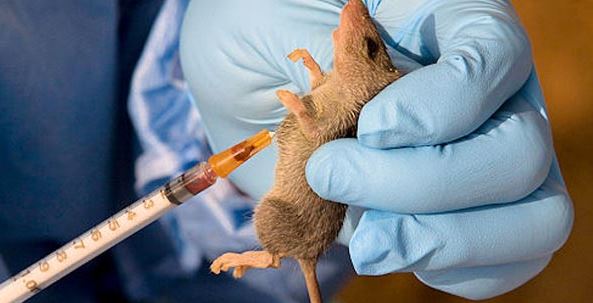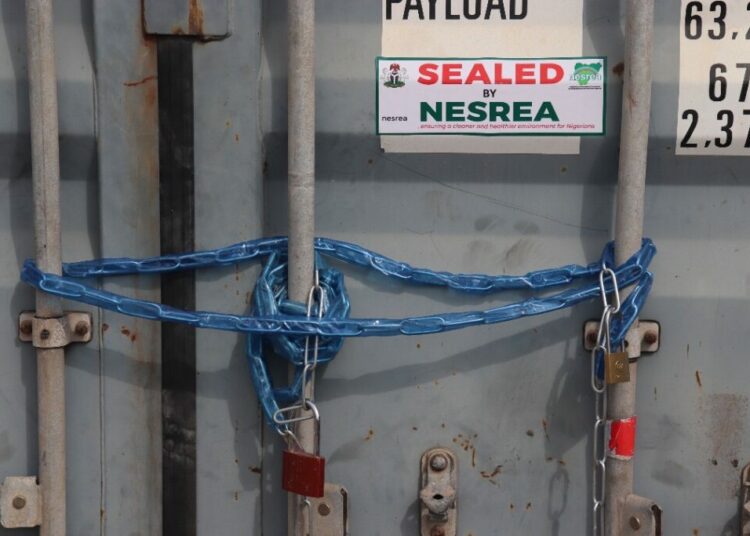Lassa fever and meningitis have claimed 366 lives across 24 Nigerian states, the Nigeria Centre for Disease Control and Prevention (NCDC) revealed, underscoring the persistent threat these diseases pose to public health.
Between January 1 and May 18, 2025, the NCDC confirmed 733 Lassa fever cases out of 5,118 suspected infections spread across 18 states and 95 local government areas. The disease killed 141 people during this period, resulting in a case fatality rate (CFR) of 19.2 per cent.
From September 30, 2024, to April 6, 2025, the agency confirmed 192 cases of meningitis from 2,911 suspected infections spanning 24 states and 173 LGAs. Meningitis led to 225 deaths, with a CFR of 7.7 per cent.
In its latest situation report, the NCDC highlighted a spike in Lassa fever cases during epidemiological week 20, when it recorded 13 new cases in Edo, Ondo, and Benue states—an increase from just three in the previous week.
By week 20 of 2025, the total Lassa fever death toll had reached 141, with a fatality rate of 19.2 per cent—higher than the 18.3 per cent recorded during the same period in 2024. So far this year, 18 states have reported at least one confirmed case of Lassa fever.
The NCDC reported that Ondo, Bauchi, and Edo states accounted for 72 per cent of all confirmed Lassa fever cases, with Ondo contributing 30 per cent, Bauchi 25 per cent, and Edo 17 per cent. The remaining 28 per cent of cases came from 15 other states.
The 21–30 age group remains the most affected, with a median age of 30. Men slightly outnumber women among confirmed cases, with a male-to-female ratio of 1:0.8. The NCDC also noted a decline in both suspected and confirmed Lassa fever cases compared to the same period in 2024. No new infections occurred among healthcare workers during the reporting week. To mnage the outbreak, the national Lassa fever multi-partner, multi-sectoral Incident Management System remains active at all levels.
Regarding meningitis, the NCDC reported that children aged 5 to 14 represent the most affected demographic, with males comprising 60 per cent of the cases. Ten states accounted for 97 per cent of suspected cases, with Kebbi (1,423), Katsina (302), Sokoto (450), Jigawa (160), and Yobe (165) reporting the highest numbers.
In response, the NCDC activated a national multi-sectoral Emergency Operations Centre. The centre collaborates with the Federal Ministry of Health, the National Primary Health Care Development Agency, the Nigerian Meteorological Agency, and other development partners. It holds weekly meetings with affected states to coordinate the response.
The NCDC reaffirmed its commitment to leading the national response, providing both on-site and remote technical support, particularly to high-burden states. It also pledged to strengthen preparedness and response efforts at the sub-national level.




